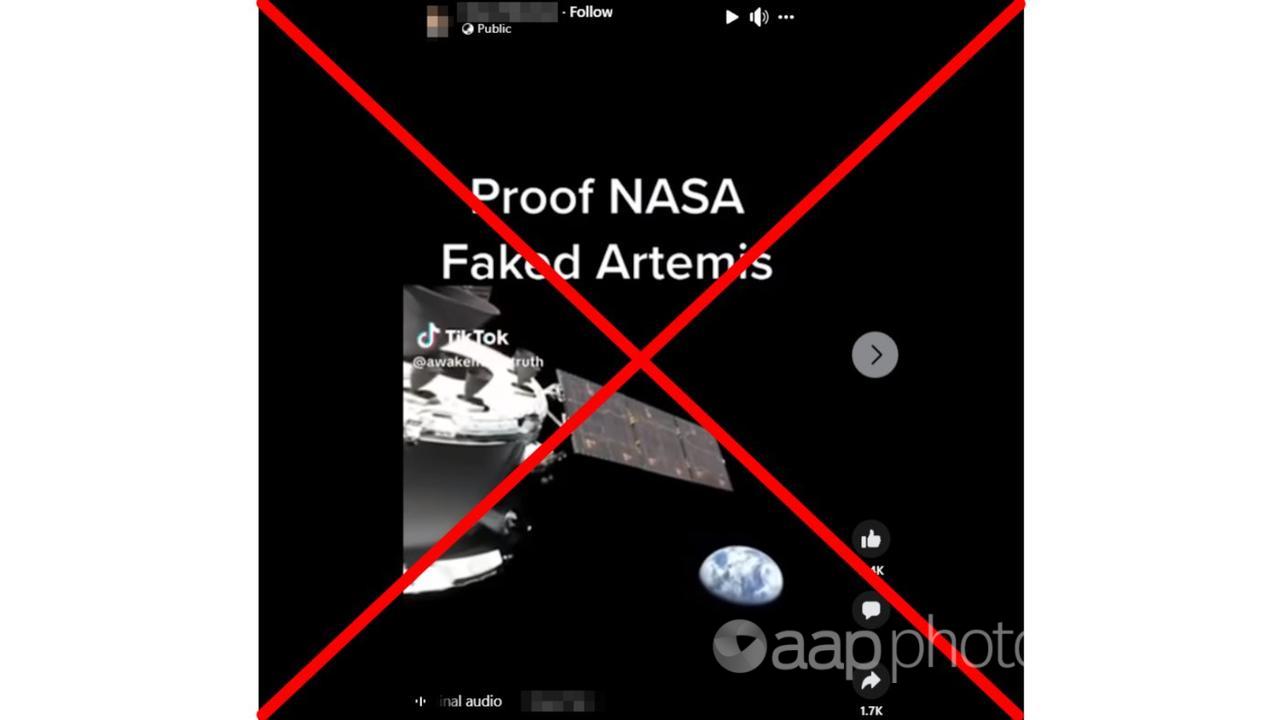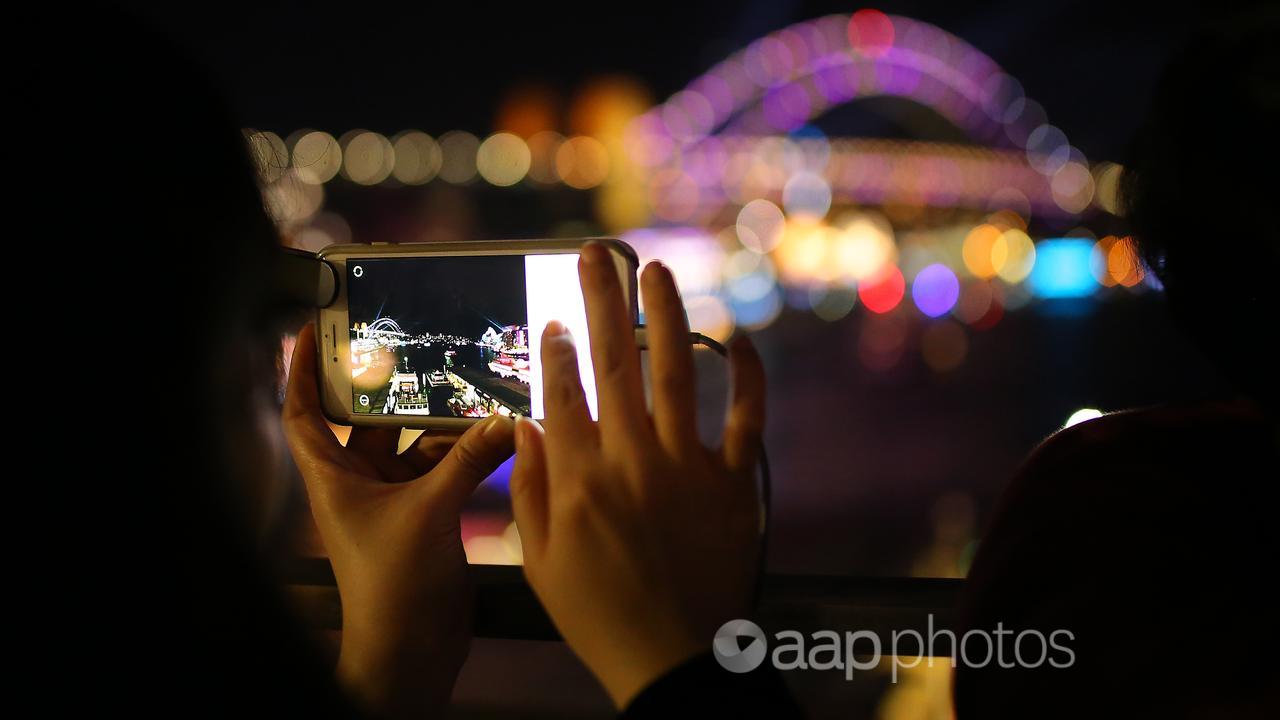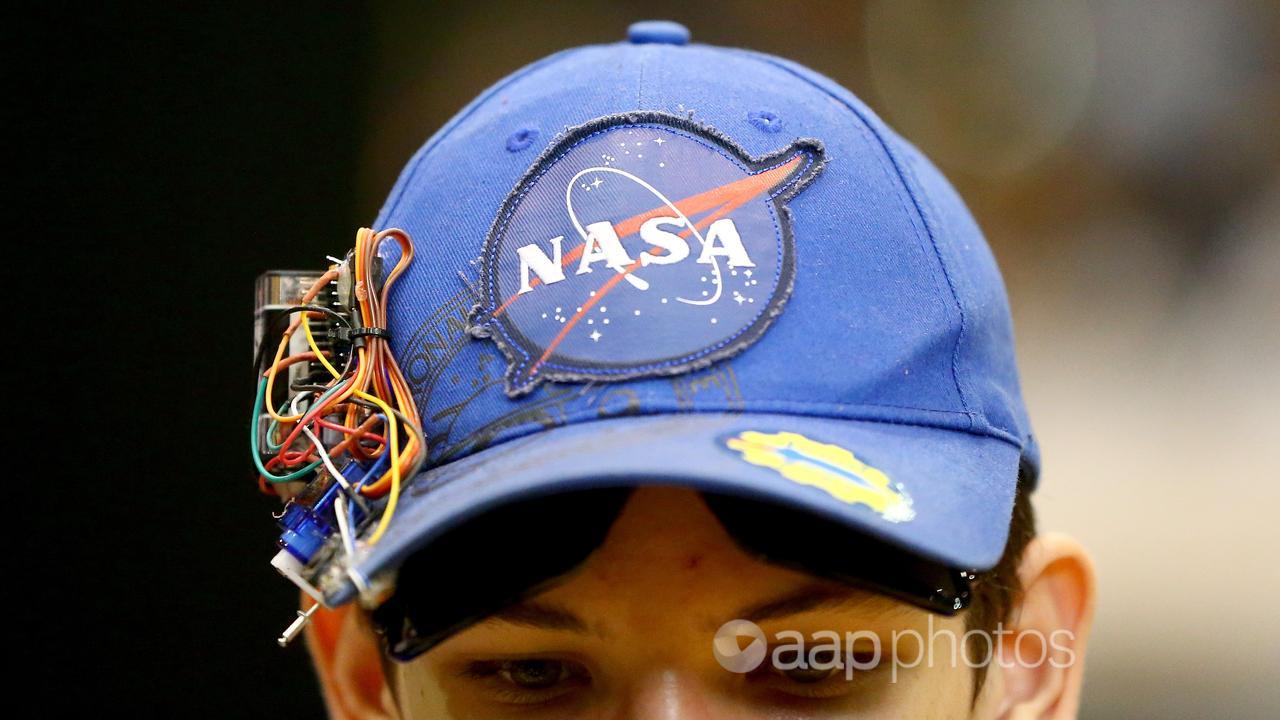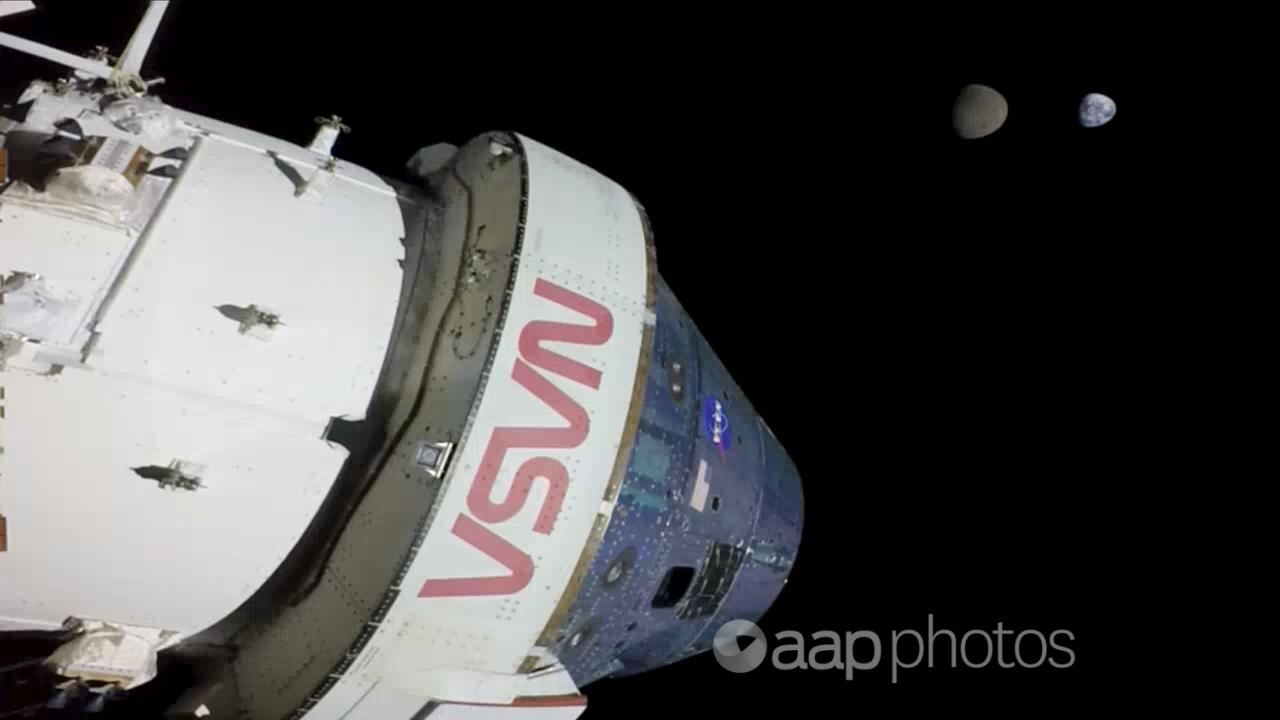Ground control to Major Tom – a social media post claiming a photo from NASA’s Artemis moon mission was faked is a space oddity.
The Facebook Reel (screenshot here), which appears to have originally been a TikTok video, shows an image from NASA’s Artemis I flight in November 2022, which tested an unmanned capsule as part of planned future manned missions.
“The real problem with this image is that it’s fake,” the video’s narrator claims.
He then alters the image’s contrast and brightness using a photo manipulation program, whiting out everything but the pitch-black background.

“If we go into the layers and adjust the exposure, you can see these images were pasted onto a black background. That is the way an image looks when it’s fake. … Those are pasted in. It’s fake.”
The narrator then shows a street scene at night and claims it cannot be manipulated in the same way because “that’s a real image”. The video is being shared on Facebook and Twitter.
However, photography experts told AAP FactCheck simply manipulating an image’s exposure levels does not prove it is fake, as it’s an unreliable method for determining the authenticity of an image.

They added that space photographs often require special handling to bring out or focus on details, particularly due to the black background, and it’s problematic to compare them to terrestrial images.
“The user’s video is not sufficient evidence to prove the image is fake,” said James Ritson, a professional photographer who specialises in astrophotography.
Mr Ritson works for Affinity Photo, the company whose image software is used in the Facebook video.
In a video demonstration made for AAP FactCheck, Mr Ritson details how exposure manipulation works and why the video is poor evidence of fakery.
Mr Ritson explained that in digital images, what’s known as the RGB model is used to reproduce different colours on screen. Each pixel has red, green and blue channels with intensity values given to them.
A pure black area has an RGB value of 0, 0, 0.
“If you understand the mathematics behind what the exposure adjustment is doing, then you wouldn’t expect a pure black background to actually change at all,” Mr Ritson said in the video.
He said because the black areas had no numeric value, “it doesn’t matter how far we push the exposure. … Any pixel values that are 0, 0, 0 to begin with are never going to be affected by the exposure adjustment.”

Photography expert Fiona Amundsen, an associate professor at the Auckland Technical University School of Art and Design, concurred.
“I am almost certain that black does not render as pixels on screen, meaning increasing the exposure of an image will only render pixels in objects containing colour,” Dr Amundsen told AAP FactCheck in an email.
It is common for NASA to edit photos to enhance or clarify detail before public release, such as the dramatic Webb telescope colour images.
Mr Ritson elaborates in his video by showing one of his own space images of a nebula and comparing the original, less detailed image with the final product carefully enhanced to bring out colour and scope.
He said the original NASA Artemis image was probably meant to capture the detail on the space capsule and earth and “the settings used on the camera will in no way be anywhere near sensitive enough to capture all of the fainter detail” such as stars and nebulae.
The Facebook video is also poor quality, which makes it less useful as a reliable claim to show alleged image manipulation.

It appears the image is likely a screenshot from a NASA video stream.
“If this is the case, the compressed video stream data will be of even poorer quality than a still image,” Mr Ritson said, adding that manipulating it then comparing to a terrestrial photo was “not a fair direct comparison.”
He added: “If I was trying to prove that NASA faked their imagery, I certainly wouldn’t base my argument on an exposure adjustment.”
The Verdict
The claim adjusting the exposure on a NASA image proves the Artemis mission was faked is false.
A space photography expert told AAP FactCheck pure black parts of an image have no colour value, which means raising the exposure levels has no effect. It’s not a sign the image was pasted on a black background.
Space images are often manipulated to bring out detail or enhance parts of the photo, and the image in the video focuses on the lunar capsule and earth, not the background.
False – The claim is inaccurate.
AAP FactCheck is an accredited member of the International Fact-Checking Network. To keep up with our latest fact checks, follow us on Facebook, Twitter and Instagram.
All information, text and images included on the AAP Websites is for personal use only and may not be re-written, copied, re-sold or re-distributed, framed, linked, shared onto social media or otherwise used whether for compensation of any kind or not, unless you have the prior written permission of AAP. For more information, please refer to our standard terms and conditions.


















